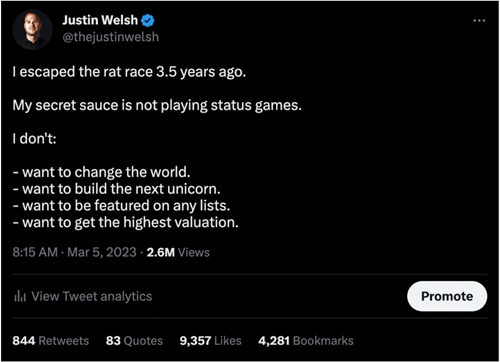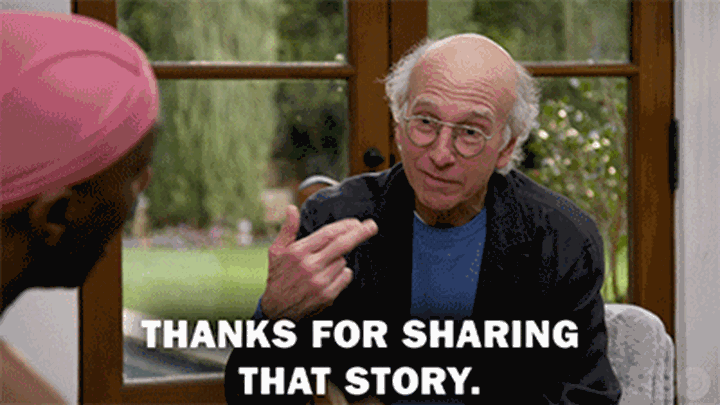2 Simple Storytelling Frameworks to Hook Anyone's Attention
3 min read.
We all love a good yarn, don’t we? Great stories are right up there with public nudity and cats versus cucumber vids when it comes to capturing everyone’s attention.
But more than that, well-structured stories are memorable. They have lasting effects, creating value beyond the present moment and, if you can provide that for your talent audience, then your brand is doing what it is supposed to.
As Maya Angelou put it: “People will forget what you said, people will forget what you did, but people will never forget how you made them feel.”
Talent will not necessarily remember your inventory of values, your mission, or even your catchy tagline. They will remember the testimonial video about the employee who battled serious illness and how the company stood by him through thick and thin.
Stories are social proof, yes, but they are also a way to be raw and emotive, to connect with your audience, to set aside ego without attending a week-long ayahuasca retreat.
Because they are rooted in real events, your tone shifts from “here are the wonderful things we think you want to hear about the company” to “here’s what this company has actually done for people, and what it could do for you.”
We have talked about storytelling techniques before, but here are two that are so simple, you can use them even if you haven’t penned a tale since school exams demanded it.
Here they are.
1. The VFA Technique
This ludicrously simple three-step technique, from entrepreneur Justin Welch, is great for shortform storytelling where you need to pack a punch, like on social media.
When every character counts, you need to hook the reader quickly and deliver a convincing payoff. Enter VFA.
V is for Visceral Opener
Jump right into the action. Draw the reader in with a short, tangible, and intriguing situation.
F is for Fresh Perspective
In what interesting/unexpected way was the situation tackled?
A is for Anaphora
Anaphora is a literary technique wherein the first word, or few words, of a sentence are repeated for emphasis.
I.e.
I work for myself.
I work for my team.
I work for a better future.
It’s a simple formula, but one Welch has used to great effect on social media.
Look at his VFA tweet below. Would you stop scrolling?

Note the interesting language - ‘escaped,’ ‘secret sauce’ and the specificity of ‘3.5 years ago.’ The overall effect is much more compelling than ‘I quit my job a while ago.’
And you can easily adapt this method to tell an inspiring employee journey.
The next time you go to write a social post that starts “Meet (employee name) in (x role/department),” experiment with the VFA framework to get your story across and see what happens.
Remember, people want you to catch their attention. They are looking for a reason to stop scrolling. And with all the bland, samey content out there, compelling formats like this will get you noticed.
2. The Beats Technique
There is nothing new about the concept of a beat. Your average feature length film has dozens of them.
A beat is a moment of interest or action in a story that recaptures your attention.
Since most of us are not lucky enough to have 90 minutes of our talent audience’s attention, we must curate beats carefully.
When time is of the essence, here are three of the most helpful kinds.
The inciting incident
This is an event which sparks a journey – like the moment Hagrid bursts through the door to say, “You’re a wizard, Harry,” and changes the boy's life forever.
For your purposes, it might be the lightbulb moment a star employee first decided they would apply to your internship scheme, despite feeling unqualified.
All is lost
As you know, there is no story without conflict, so the best stories make a lot of this beat.
It’s the no-coming-back-all-hope-is-lost (but not really) moment. The heart-wrenching scene where Jenny abandons Forrest Gump, and he begins his aimless run across America.
Or the time when a team member’s project fell through, despite months of passion and grind.
The resolution
This beat is pure gold.
There is nothing more satisfying that a well-executed comeback, where the hero smashes the opposition and achieves the ultimate prize.
This is where you ignite that feeling of hope in your audience, that something has been overcome; that they can do it too. It’s the innocent Andy Dufresne emerging from the 500-yard sewage pipe to freedom after 28 years in prison.
Or the moment your colleague smashed their sales target and the whole office celebrated with them.
You don’t have to use these beats as a strict blueprint, or tie off all loose ends with a neat bow, but your story should take your audience on some kind of positive journey.
One last thing
Intention is everything. Whatever way you choose to use the VFA or Beats technique, the stories you tell need to reveal something important about your company culture. Something your talent audience needs to know.
Otherwise, what's the point?
If you have outlined your Employer Brand strategy correctly, then the elements worth sharing will be obvious.
Want better talent? Simple.
Tell better stories.


